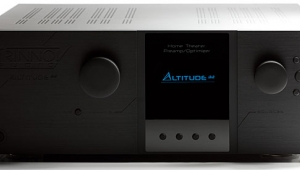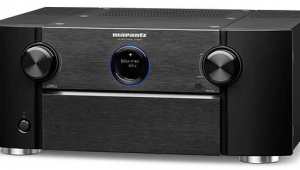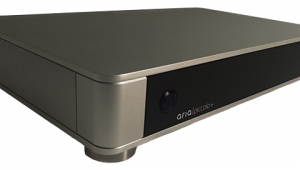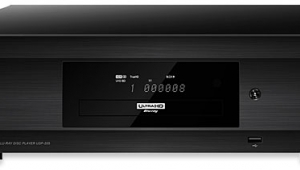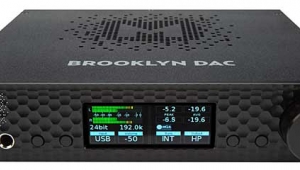| Columns Retired Columns & Blogs |
You are right, Kalman: "Even in Stereophile, Music in the Round is a niche: too easily passed over and possibly beyond the notice of many readers."
So easily overlooked, in fact, that I briefly overlooked it when I once criticised Stereophile 5 years ago for its lack of multichannel coverage, and got promptly put in my place by JA, citing Musing in the Round as proof of how wrong I was.
At least now, its utter inadequacy is being acknowledged (just like I said back then) and acted upon. But waay too late.
How ironic that JA will now find himself doing tests and measurements of equipment that was, he insisted to me, covered all along. (As an aside, I wonder how he will choose to test the performance of room correction?)
Good on you, Kalman, for carrying the torch for so long in a magazine that, in the broad, had its back firmly turned towards your field, until now. You did a great job. And I hope the reviewers turn to you as Chief Consultant for their reviews: you know so much more than them.
cheers











